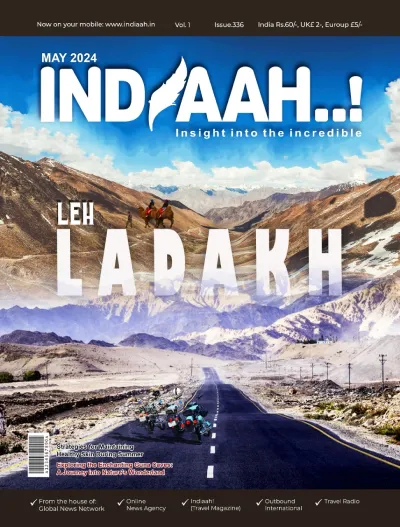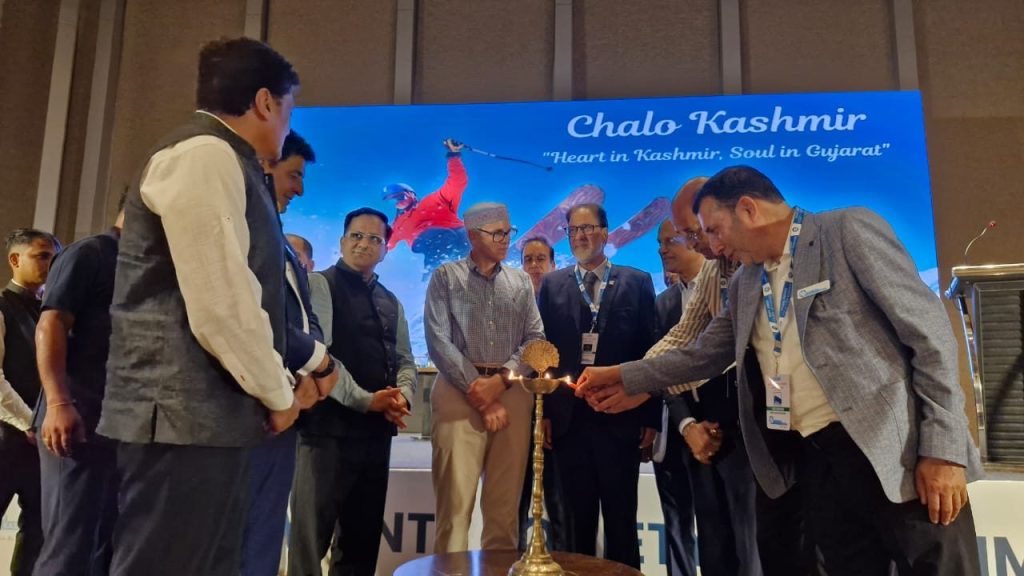
In a significant push to revive and strengthen tourism in the Union Territory, a high-level delegation from Jammu & Kashmir led by Chief Minister Omar Abdullah, held an impactful roadshow in Ahmedabad, Gujarat. The event was organised by Travel Agents Society of Kashmir – TASK, event witnessed participation from leading figures of the travel and hospitality sectors, drawing attention to the Valley’s readiness to welcome tourists with renewed energy and infrastructure.
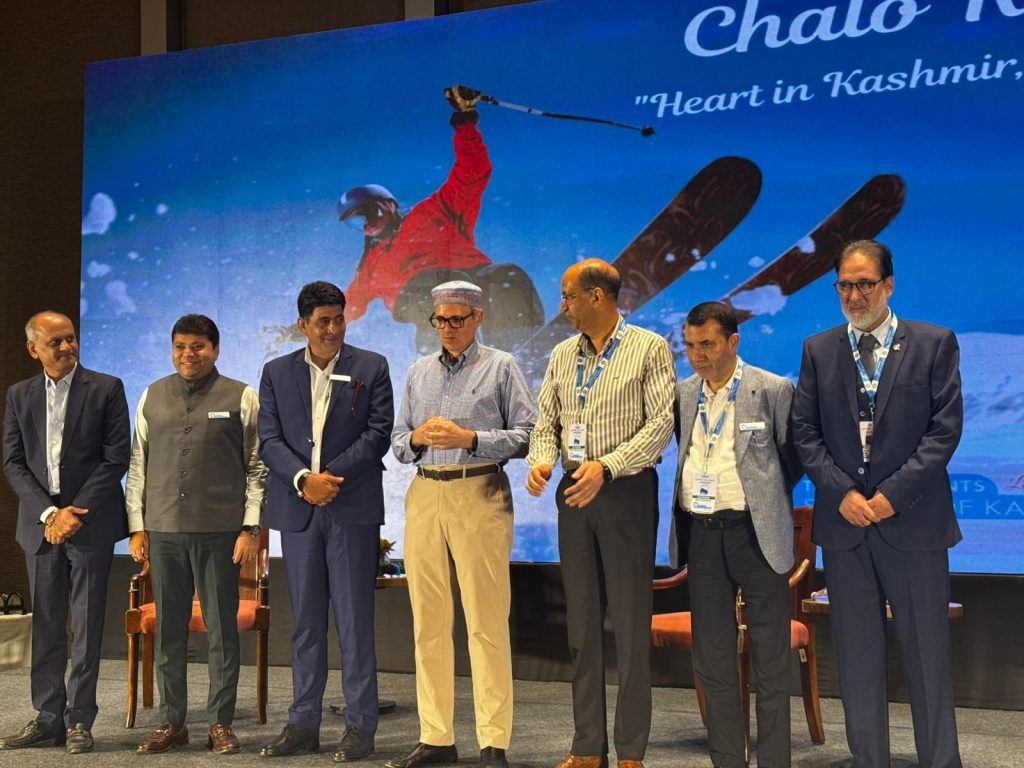
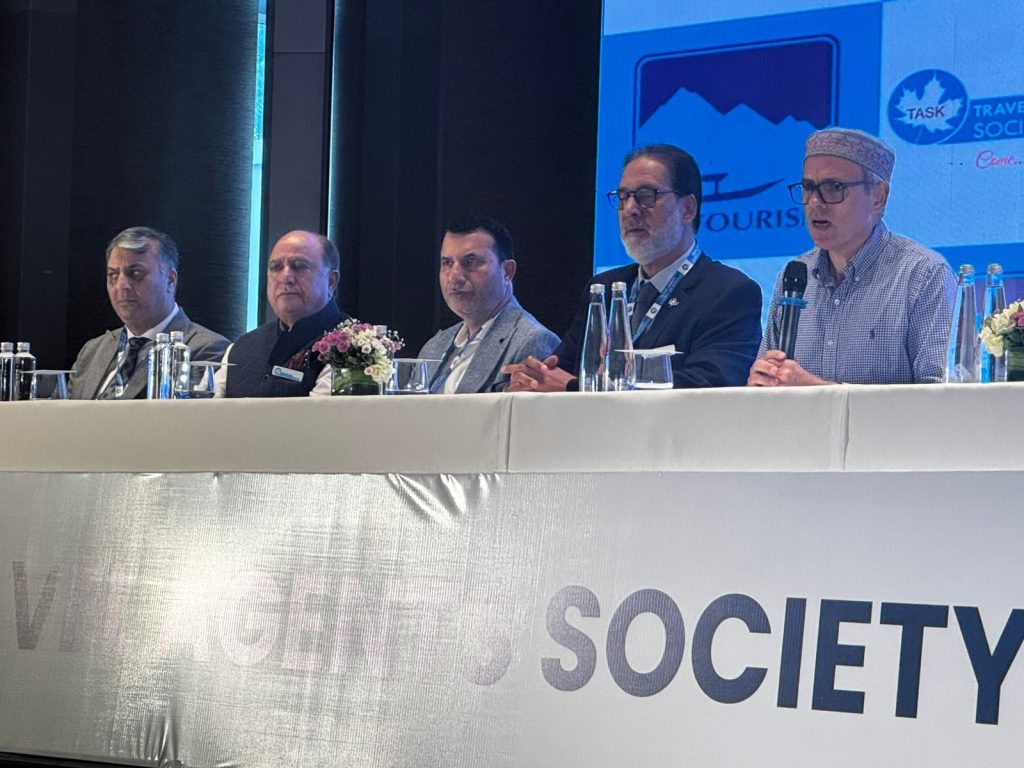
Addressing the gathering, Chief Minister Omar Abdullah emphasized that the security and hospitality apparatus in J&K has been further reinforced following recent challenges. “From just 15 flights a day post-incident, we are now seeing 30 flights daily. That tells you clearly—Kashmir is back on track,” he said. Abdullah highlighted that Gujarat has been one of the most consistent contributors to Kashmir’s tourism economy for over three decades. “Gujaratis have been coming to Kashmir for the past 35–40 years. We want that bond to grow stronger,” he added, while warmly inviting the people of Gujarat to rediscover the Valley.
The Chief Minister also used the platform to address concerns and perceptions around safety, reiterating that tourism in J&K remains a top government priority. He described the sector as the lifeblood of the region’s economy and called upon the national travel community to support its resurgence.
Echoing this sentiment, Ibrahim Siah, the President of the Travel Agents Society of Kashmir passionately appealed to the fraternity. “By promoting and booking Kashmir tour packages, travel agents across India can help send a powerful message — that from Kashmir to Kanyakumari, our unity remains unbroken,” he said, drawing applause from the audience. His remarks framed tourism not only as an economic activity but as a medium of national integration and solidarity.
Adding depth to the discussion, Mushtaq Chaya, a senior hotelier and tourism stakeholder from J&K lauded the increasing footfall in the region and noted the potential for expansion.
“This evening was about appreciation and encouragement,” he remarked. “The efforts of everyone involved in building Kashmir’s tourism deserve to be recognized. But we must not stop here.” He called attention to infrastructure bottlenecks in destinations like Gulmarg, particularly a shortage of rooms, and urged for more investment in wellness resorts and world-class facilities to match growing demand.
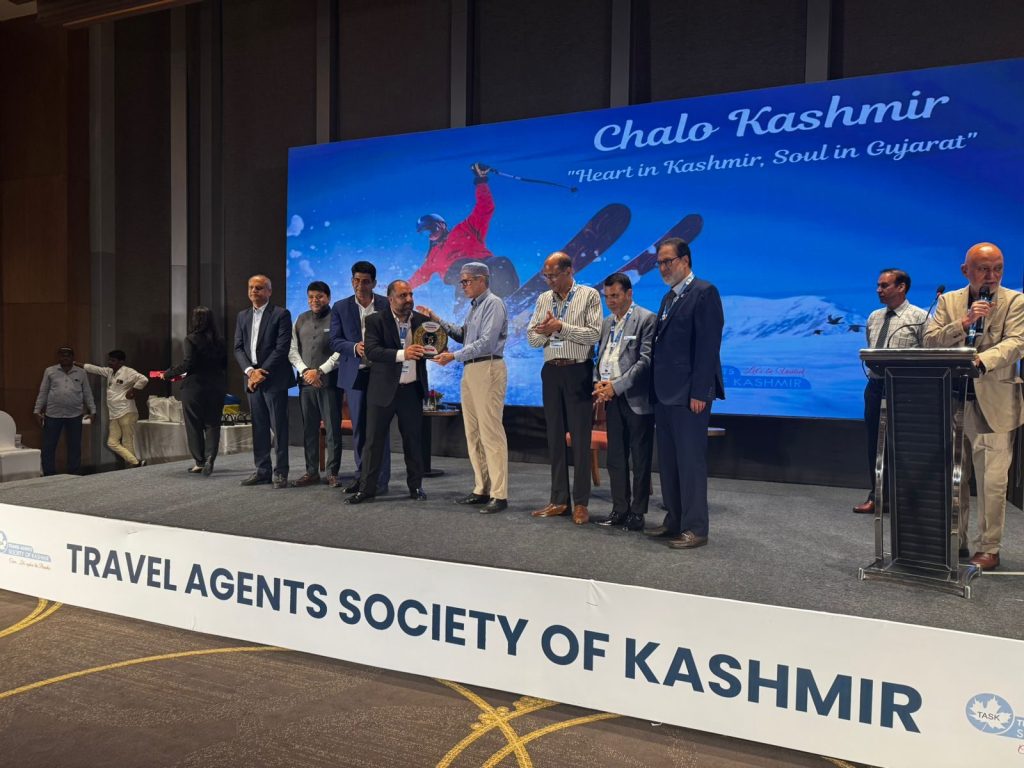
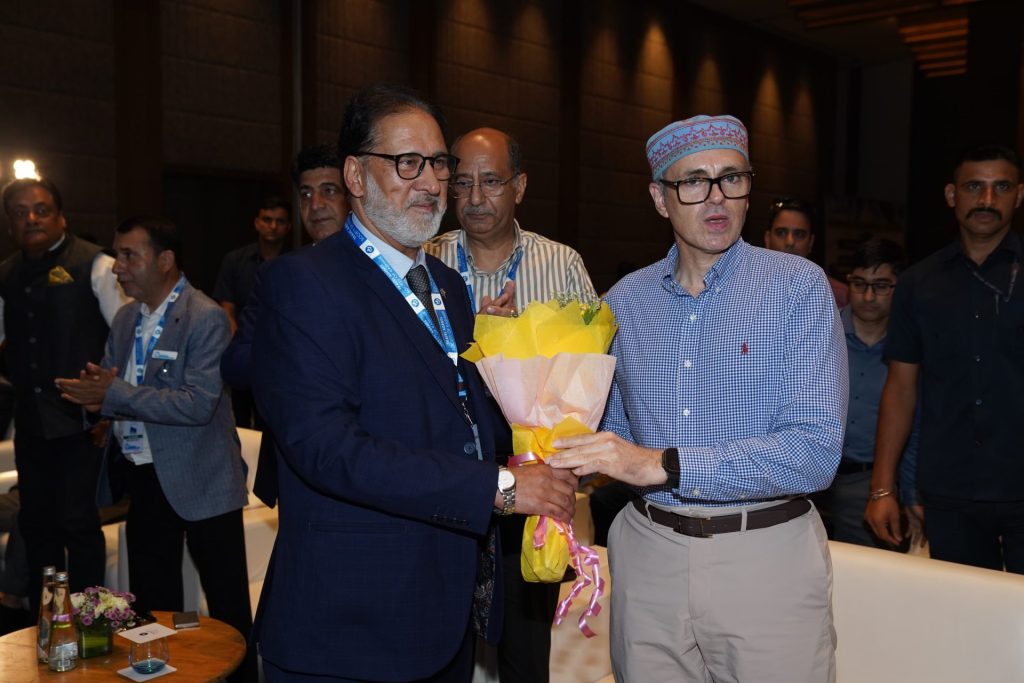

The roadshow concluded with optimism and a renewed commitment to collaboration between Kashmir and Gujarat’s travel industries. As the evening closed, the message was clear—Jammu & Kashmir is open, prepared, and inviting the nation to be a part of its new tourism journey.

